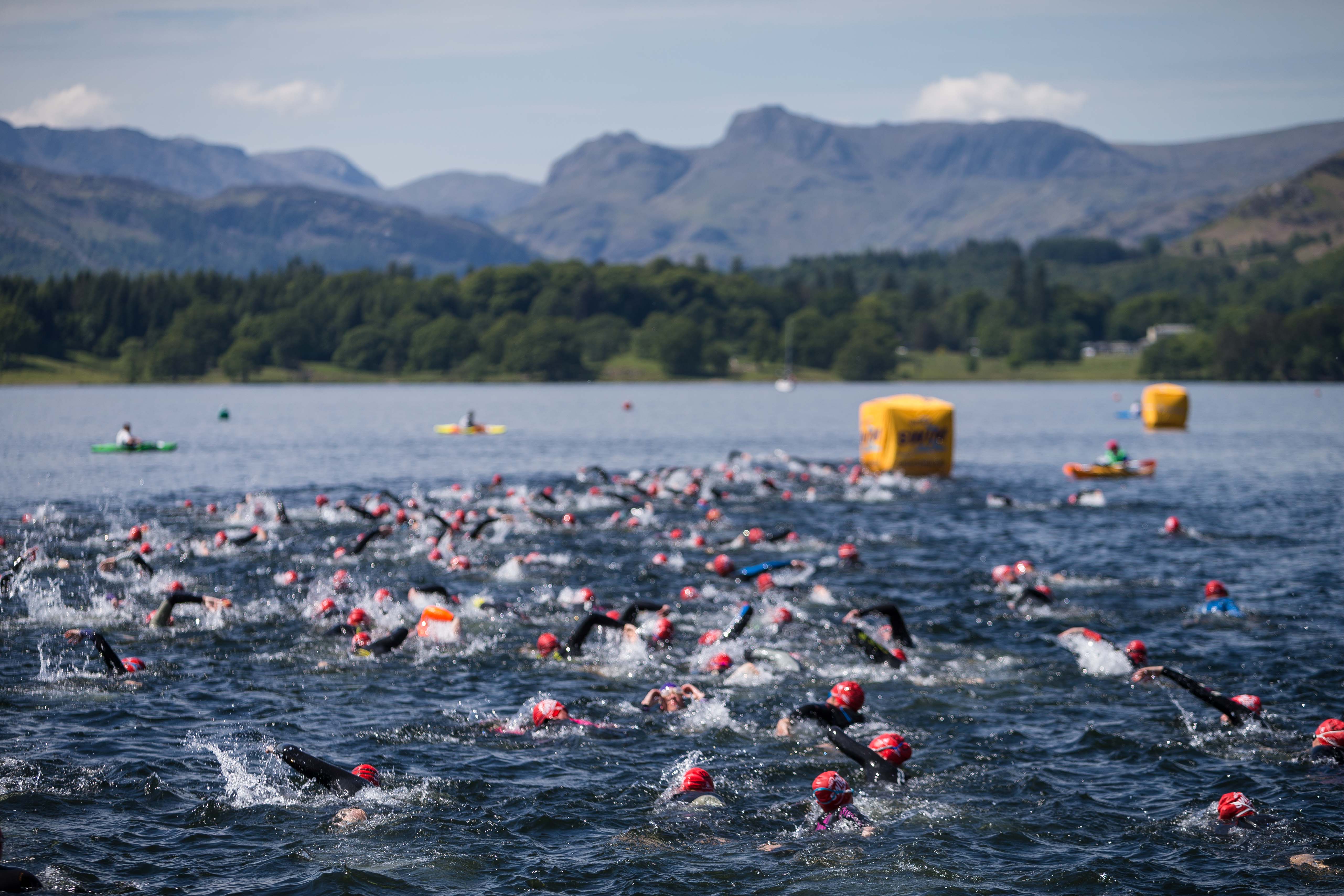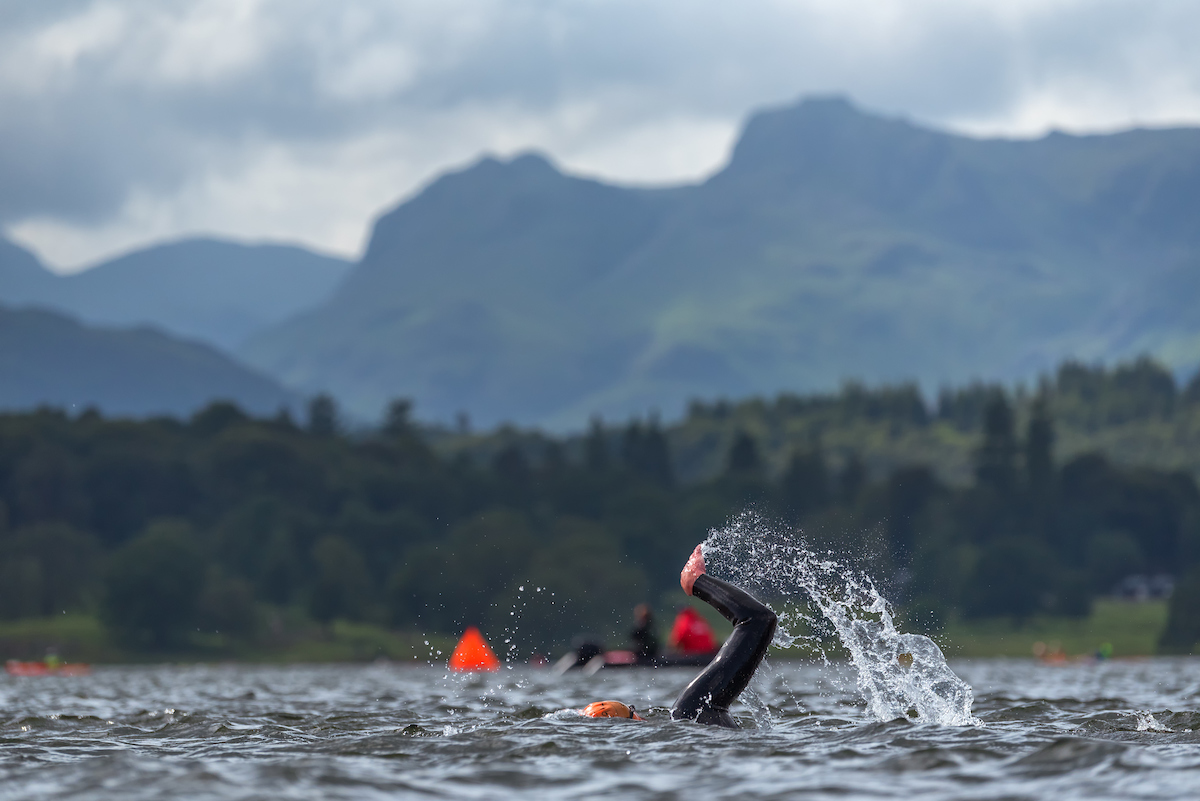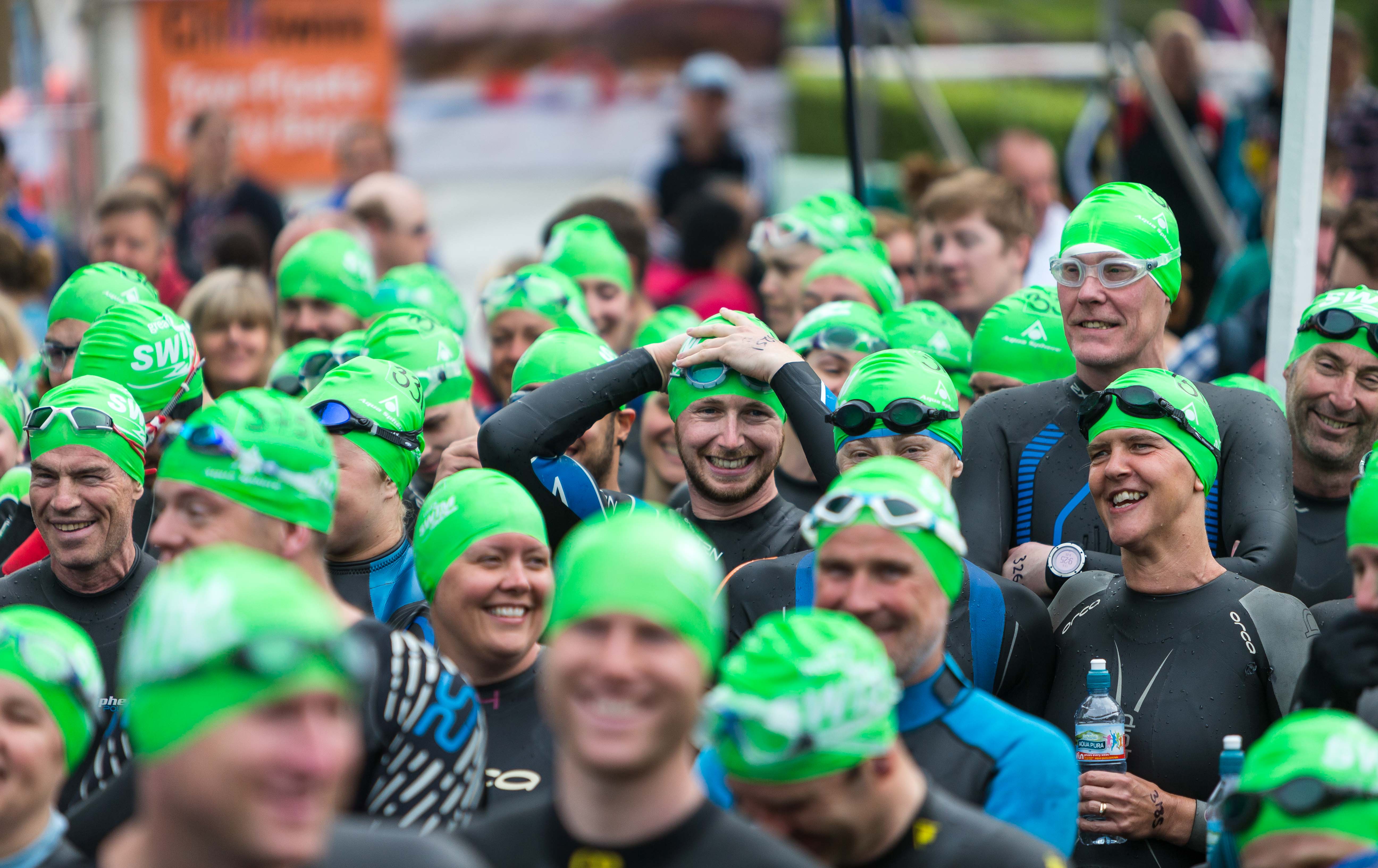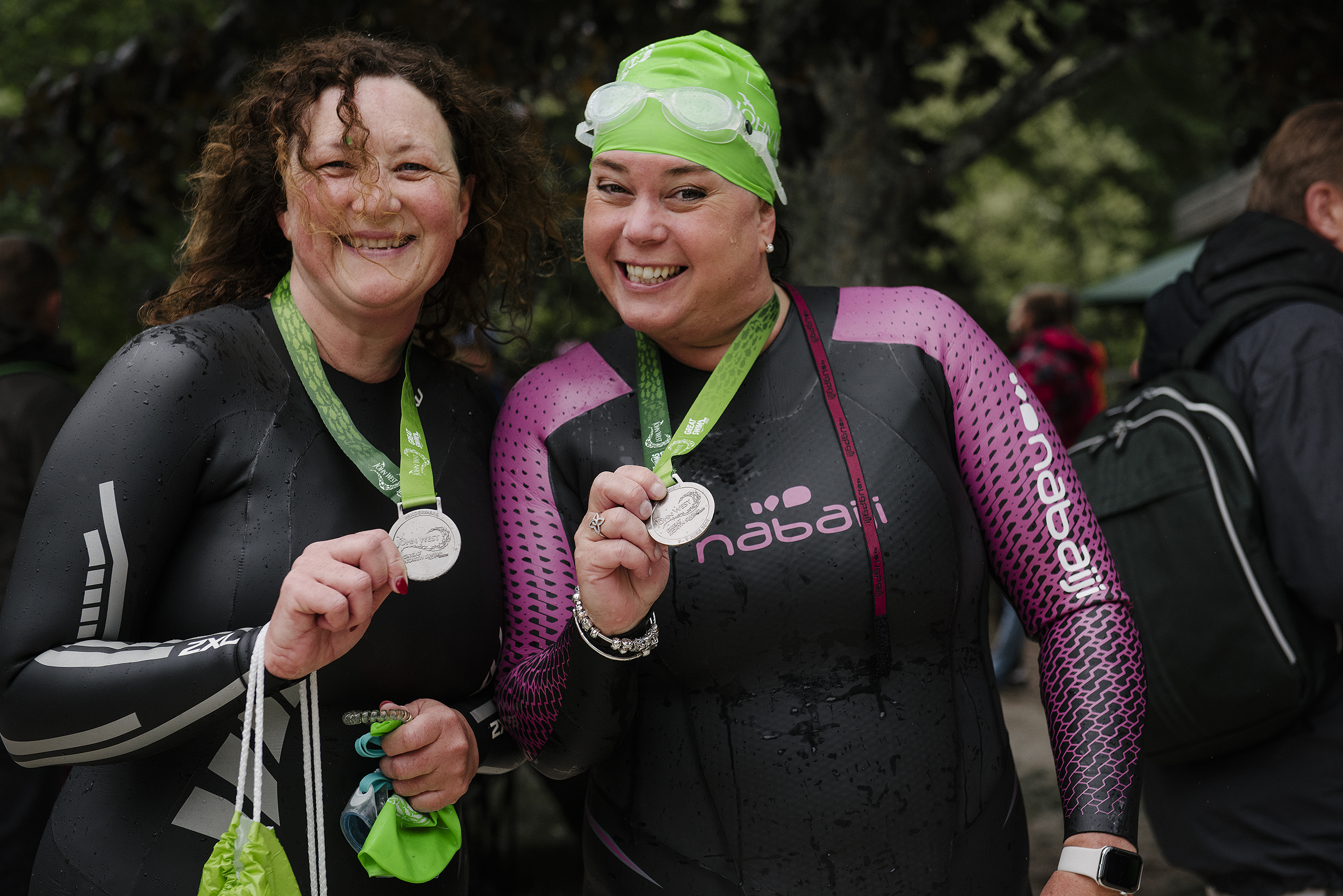0
Your Cart


Product title goes here
$19.95
Thank you! Your submission has been received!
Oops! Something went wrong while submitting the form.
No items found.
Catch - your digital swim coach - is the Official Training Partner for Great North Swim. Here’s your guide to training, kit, fuelling & race day.
Here’s your guide to training, kit, fuelling & race day for your 10k is a marathon swim. It’s the big one. Fewer people swim 10k than run a marathon - which makes it a seriously impressive achievement. With the right prep, you’ll reach that finish feeling proud & not totally wrecked.
By Rebecca Wetten, Co-Founder & Head Coach at Catch

Held on the breathtaking Lake Windermere, the Great North Swim is the UK’s biggest open water event - part race, part festival, part “what have I signed up for?”.
You’ll join thousands of swimmers across six distances, from 250m to 10k, with live music, local food & a buzzing, supportive crowd. It’s brilliantly organised, safety-first, & includes a quiet wave for those who prefer a calmer start.
Taking place in June, it’s the perfect early-season challenge - fresh water, high energy & an atmosphere like no other.


Long swims are as mental as they are physical. When your brain says “enough”, it’s usually lying. Prepare by asking yourself:
- Why does this challenge matter to me?
- What excites me about it?
- What makes me nervous?
Name your fears, visualise the tough bits, & pick a mantra for race day - something like, “This is hard - but I do hard things.”
Over 10k, efficiency wins. The less drag you create, the more energy you save.
- Head & body position: keep your head low & hips high.
- Breathing: trickle breathe when your face is in the water, & keep your head low as you turn it to the side.
- Catch: use your hand & forearm as a paddle to generate power through each pull.
Catch breaks these skills into bite-sized weekly focuses so you can make small, lasting changes that transform your swimming.
%20(1).png)

Long-distance swimming rewards patience. Aim for 2-4 swims a week, depending on your base fitness, & gradually build to around 6-12km total. Spread your training over time - don’t cram everything into a few frantic weeks.
Include a mix of:
- Technique swims: slower, focussed sessions where you refine form.
- Threshold swims: shorter bursts a little faster than race pace.
- Endurance swims: long, steady efforts that build your aerobic engine.
Every 4-5 weeks, take a de-load week where you reduce your total volume by about a third. These recovery weeks are where your body adapts & gets stronger.
From late April onwards, get outside whenever you can. Practise:
- Sighting: lifting your eyes just enough to see ahead. Check out this short video where we break down sighting technique: How to Sight in Open Water
- Drafting: swimming behind or just off to the side of another swimmer to reduce effort by up to 25%.
Even a handful of open water sessions before race day will make a huge difference to your calmness & confidence.
Give yourself more than one way to win by setting three goals:
- Bronze: something achievable that you’d be happy with.
- Silver: a result that you'd be delighted with - & a little surprised.
- Gold: your stretch target - the one that would make you over the moon.
Remember that pace can vary with conditions. A windy day or choppy water will slow everyone down. Control what you can, let go of the rest, & focus on feeling good.

.jpg)
On the 10k course you’ll find feed stations stocked with energy products & water. Bring a collapsible cup or drop your own bottle before the start so you can refuel as you go.
Cool water means you’ll sweat less than you would running or cycling, so dehydration isn’t a major risk. Still, it helps to start hydrated. Sip an electrolyte drink the evening before & again in the hours before your swim.
Running out of energy, not fluids, is the bigger risk in a long swim like this. Carbohydrates are your best friend here. Aim to take on around 30–60g of carbs per hour, depending on your effort level.
Good options include:
- Gels or energy chews stashed in your wetsuit sleeve or tow float
- Carb-electrolyte drinks left at the feed station
- Snacks with caffeine for an extra boost (if your stomach tolerates it)
Whatever you choose, practise it in training so your body & stomach know exactly what to expect on race day.
Clear lenses for cloudy days, mirrored for bright ones. Anti-fog them before the start with baby shampoo or saliva. Tighten slightly or pull your hat over the straps for security.
Wetsuits are optional above 15°C. If you swim skins (no wetsuit),don’t forget your tow float. For wetsuit advice, check out Catch’s wetsuit guide.
Thermal hat, gloves or booties add warmth but also drag. A neoprene vest tucked under your wetsuit can give extra warmth without slowing you down. Headphones are banned on race day, so get used to swimming without them in training.
Rest isn’t lazy - it’s where the progress happens. Take proper rest days, sleep well, & don’t stress about missed swims.
7-10 days before race day, start your taper. Cut your training volume by around half & keep a few short, sharp swims to stay sharp. Increase your carb intake slightly so you feel energised & ready to go.
- Pack your kit early
- Sip electrolytes to stay topped up
- Eat familiar food
- Study the course
- Take the warm-up dip to settle your breathing
- Don’t sprint the first 200m
- Sight every 6-10 strokes & find your rhythm
- Remember your “why”
If panic hits, calm your breathing, focus on your technique, count ten strokes, sight & start again. You’ll settle back in before you know it.
You did it - 10k in the bag.
- Warm up: get into dry clothes fast.
- Refuel: eat something carb-heavy within 30 minutes.
- Rest: take a few days off or keep it gentle.
- Plan your next challenge: build on your fitness - the summer’s only just started!
As the Official Training Partner, Catch has plans & technique courses built specifically for the Great North Swim.
With Catch Gold, you’ll get a personalised 10k plan, structured video lessons & direct coaching support from me - helping you train smarter, swim stronger & enjoy the journey.
Use code GNS26 for £5 off your first 3 months on Catch Gold.


.png)
.png)
.png)
.png)
Not for the faint-hearted however this swimrun has it all. Swims of up to 2km, pristine trails, uninhabited islands, 10 islands, potential for seals to cheer you on, some of the best view points on Scilly. There really is nothing else like this event!
Find out more
The Dock2Dock swim offers a unique opportunity to experience open water swimming in the heart of London’s Royal Docks. With towering historical cranes lining the water and the iconic skyline of Canary Wharf and the O2 Arena in the background, this event combines the thrill of urban swimming with the challenge of long-distance racing.
Find out more
The Dock2Dock swim offers a unique opportunity to experience open water swimming in the heart of London’s Royal Docks. With towering historical cranes lining the water and the iconic skyline of Canary Wharf and the O2 Arena in the background, this event combines the thrill of urban swimming with the challenge of long-distance racing.
Find out more
With Catch Free, you’ll get access to the online swim community with session ideas, mini courses, a swim content hub & local swim squad.
Get Catch Free